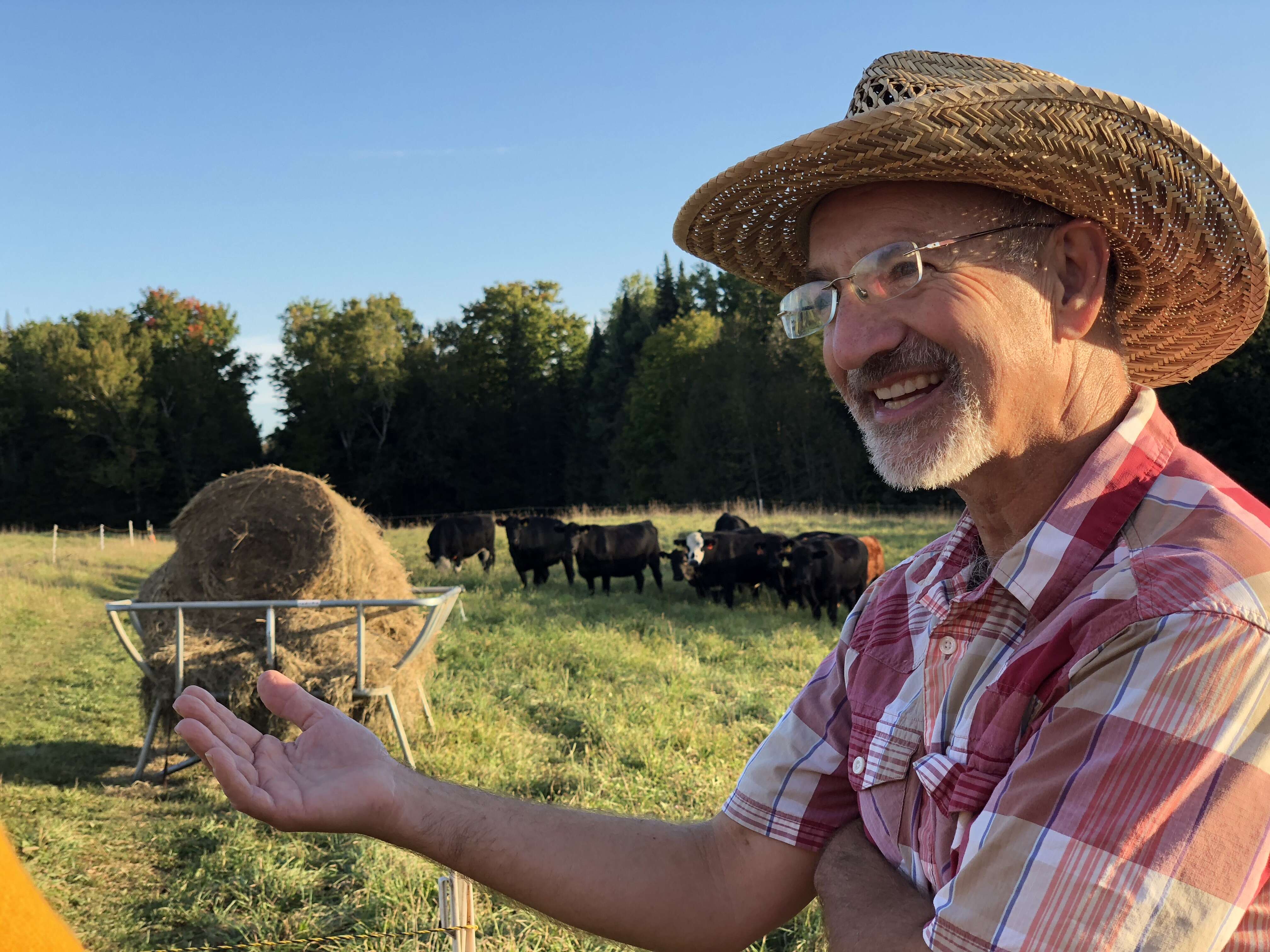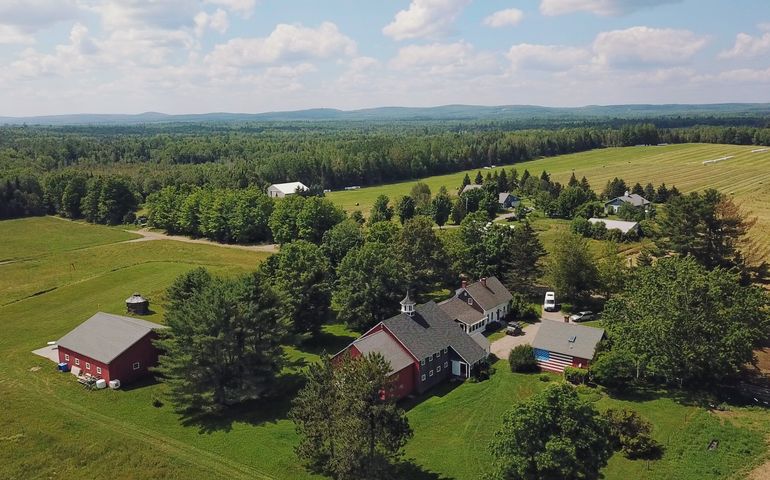
Charleston meat producer sees pandemic-driven spike in sales
 Courtesy / Heartstone Farm
Heartstone Farm, a producer of grass-fed beef in Charleston, has seen an increase in business since the start of the pandemic.
Courtesy / Heartstone Farm
Heartstone Farm, a producer of grass-fed beef in Charleston, has seen an increase in business since the start of the pandemic.
Heartstone Farm, a producer of grass-fed beef in Charleston, has seen sales skyrocket since the start of the pandemic.
Owner Dan Kaplan has been building a direct-to-consumer business for the past few years. His primary sales channel is online.
“My business has gone through the roof in the past five weeks,” owner Dan Kaplan told Mainebiz.
Kaplan founded the business six years ago with five cows. By 2019, he was up to 45 cows and finished the year with $195,000 in online sales.
Then the pandemic arrived. In just one month, since March 10, he’s done $175,000 in online sales.
“We are doing more business in a day then I did in all of April last year,” he said. “In the past 45 days my sales have equaled what I did all of last year.”
Kaplan came to farming from the publishing world.
“In my 20s, I started a newspaper in Worcester, Mass., called Worcester Magazine,” he said.
Among his hires were Peter Stanton and Joe Zwiebel, who today own New England Business Media, owner of Mainebiz.
Other enterprises followed. But Kaplan had always dreamed of having a farm. Growing up in Topeka, Kan., he had a friend whose family owned a farm. Kaplan regularly spent time there.
“I just loved it there,” he said. “It was something I always wanted to do. It took me until my 50s to get back to this ambition. I bought a farm in Charleston and started raising grass-fed beef.”
Using his marketing and entrepreneurial experience, he built the direct-to-consumer online sales platform.
“About three years ago, I decided I’m on to something,” he said. “People really want to know who’s growing their food. I was using online to sell and it started to really click.”
The digital/e-commerce platform allows consumers to shop for his beef. He also recently started selling chicken for Tide Mill Organic Farm in Edmunds. His 500-acre farm comprises 125 pasture acres plus woodlands. A local slaughterhouse processes the beef for shipment.

Kaplan ships boxed orders directly to consumers about three days a week. Before the pandemic, about 70% of his customers were outside of Maine, as far as Chicago and Virginia.
“We try to give them an experience in a lot of ways,” he said. “I write a note to every customer every week. I want people to know who the farmer is.”
He was planning to build his herd from the 45 cows in 2019 to 125 cows this year. Based on the recent spike, that number might be higher, he said.
“We intended to grow, but we didn’t see this coming,” he said.
The spike began the week of March 11, when orders and customer numbers doubled, he said.
“That was the beginning of a ‘This is a serious stay-at-home, stores are going to shut down’ story,” he said. “I think it was about people stocking up. But I think it was also something else. I’ve seen this over the last four or five weeks. I think people are making the choice to connect better with who’s growing their food and where it’s coming from and ‘I need to take care of my family.’”
The increased interest evolved through word-of-mouth and organic web searches for terms like “beef Maine,” he said.
“We stopped advertising because we were getting more business than we could handle,” he said.
Kaplan ran through his inventory and is now taking pre-orders. His next shipment is expected in mid-May.
“Yesterday was our biggest day ever, with 48 orders,” he said late last week. “So it’s not letting up.”
The customer base is now split evenly between Maine and out-of-state residents.
“We’ve increased inventory to the processor some,” he said. “But there’s only so much we can do. The cows are either ‘finished’ or not.”
It takes 18 to 24 months to grow a cow from birth to slaughter, he explained.
“We work with other farmers who provide us with one-year-old cows that we then keep for a year and finish them,” he said. “We had planned a pretty big increase for this year anyway. Our goal was do about $600,000 in 2020. Now we’re working to see if we can increase that.”
He added, “We’re hopeful that our new customers will become repeat customers when this is all over.”










0 Comments